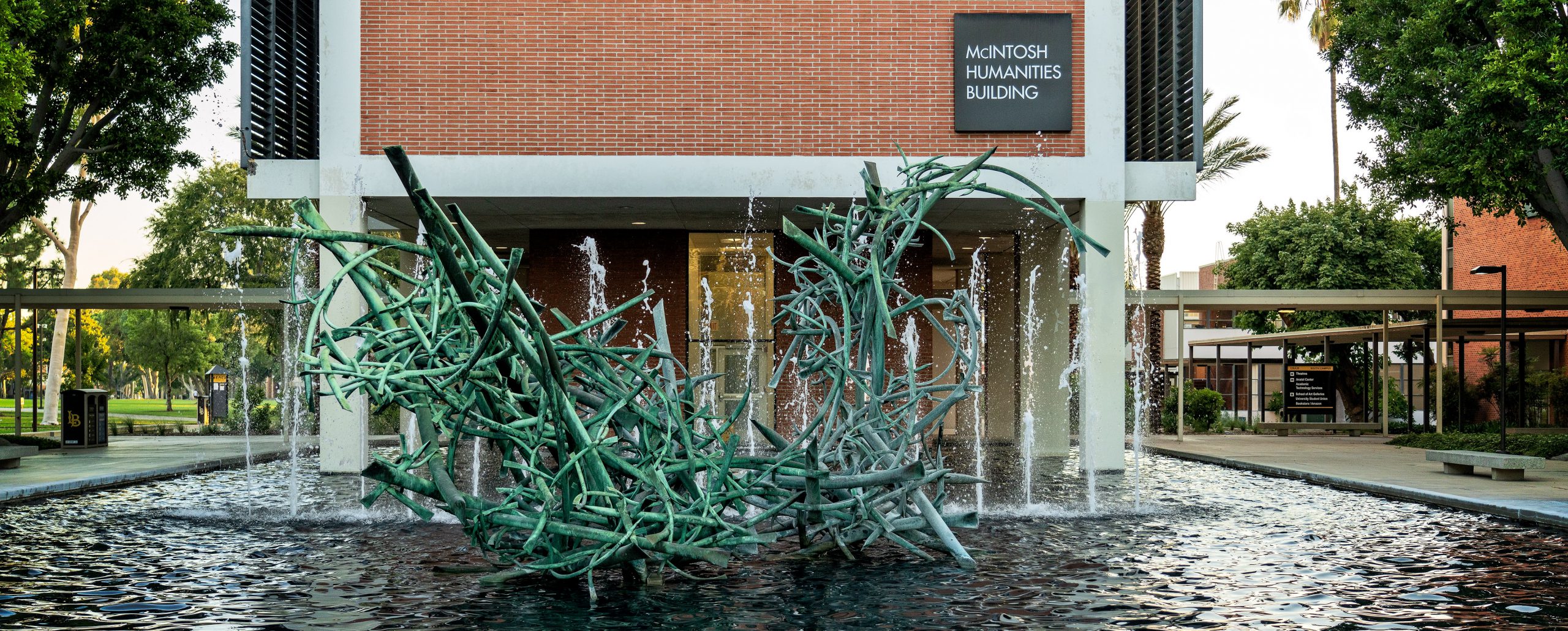CLA AND SOCIAL JUSTICE: BLACK LIVES MATTER
February 1, 2021In light of the recent protests and statements in support of Black Lives Matter and other anti-racist organizing efforts, the College of Liberal Arts is highlighting how its courses incorporate issues related to Black Lives Matter. We will highlight one course each month. You can view all of our courses here: https://cla.csulb.edu/black-lives-matter/
See the description below detailing how CLA faculty advance the anti-racist messaging of Black Lives Matter through assignments, readings, and pedagogical practices that affirm the lives, history, and culture of Black people across the globe. Descriptions fall into one of three categories—Long-Standing Practices, Recent Changes, and Future Plans—designed to demonstrate the ongoing nature of anti-racist efforts:
Instructor: Dr. Crystal Yin Lie
Course: CWL 213: Comics & Graphic Novels (renamed Comics & Graphic Narratives beginning Fall 2021)
In my CWL 213: Comics & Graphic Novels course, I always include a unit on Afrofuturist comics, centering work by Black authors and scholars. One of the key texts we read is John Jennings and Damian Duffy’s Eisner-winning graphic novel adaptation of Octavia E. Butler’s Kindred. Through this text, students discuss the history the enslavement in the U.S. and the affordances of comics in bearing witness to, and critically addressing, racial violence and legacies of injustice. Our secondary reading draws from Sami Schalk’s Bodyminds Reimagined: (Dis)ability, Race, and Gender in Black Women’s Speculative Fiction, offering student’s additional context for thinking about the visual representation of bodily injury and disability in the comic. Furthermore, we explore the genre and notion of Afro-/Ethno-Gothic horror as a means to critique anti-Black violence and the horrors of white supremacy and xenophobia more broadly.
Reading comics at the intersection of Black Lives Matter is central to my commitment to showcasing a diversity of artists perspectives and drawing attention to issues of human and civil rights across global locations and historical period. Furthermore, addressing racial and anti-Black violence in the U.S. enables students to make empathetic connections across different geographic and temporal locations, as well as life experiences that might be very different from their own. As we traverse comics dealing with topics such as the bombing of Hiroshima, the Holocaust, tensions at the U.S.-Mexico Border, and the Iranian Revolution, it is my hope that students not only reflect on cross-cultural historical trauma and political violence, but also our shared humanity and struggles for social justice.
